
What are Meme Coins and are they Safe to Invest in?

In the cryptocurrency world, the rise of meme coins has been nothing short of extraordinary. These unique digital assets take inspiration from popular memes and often possess a comedic or entertaining trait.
Meme coins have gained significant attention and popularity thanks to their enthusiastic online communities and viral nature.
In this comprehensive guide, we will explore the world of meme coins, their characteristics, top examples, and the potential risks and benefits of investing in them.
What are Meme Coins?
Meme coins are a unique category of cryptocurrencies that draw inspiration from popular memes or possess a comedic trait. These digital assets are designed to capture the online community's attention and go viral.
Meme coins originated with Dogecoin, created in 2013 as a satirical take on the hype surrounding Bitcoin and other mainstream cryptocurrencies.
Dogecoin's creators, Billy Markus and Jackson Palmer, intended it to be a fun and accessible alternative to traditional cryptocurrencies.
Like their meme counterparts, Meme coins aim to create a sense of community and engage with their followers through humor and entertainment. They often have an ample or uncapped supply, making them inflationary.
While some meme coins serve purely as trading instruments, others have started to offer utility within decentralized finance (DeFi) ecosystems or as part of wider crypto projects.
Understanding the Volatility and Value of Meme Coins
One of the defining characteristics of meme coins is their high volatility. These coins are subject to extreme changes in value over short periods, driven by the current buzz and popularity surrounding the token.
Factors such as celebrity endorsements, social media trends, and online communities can significantly impact the value of meme coins.
For example, when Elon Musk or Mark Cuban promotes a meme coin like Dogecoin, its value often experiences a surge. However, once the hype dies down, the price can plummet just as quickly.
It's important to note that meme coins generally have a higher risk level than traditional cryptocurrencies. Their values are mainly speculative and may not have a clear use case or intrinsic value.
Additionally, meme coins often have a massive or uncapped supply, which can contribute to their fluctuating value. However, despite the risks, meme coins have gained significant market capitalization and continue to attract a passionate community of traders and investors.
How do Meme Coins Work?
Meme coins operate on blockchain technology, similar to other cryptocurrencies. They use smart contracts and are often built on blockchains like Ethereum or Solana. These smart contracts enable creation, distribution, and trading of meme coins on decentralized exchanges (DEX) and other platforms.
The process of buying and selling meme coins is similar to that of other cryptocurrencies. Users can access centralized cryptocurrency exchanges such as Coinbase, Binance, or Kraken to purchase meme coins directly with fiat currencies or other cryptocurrencies.
Alternatively, decentralized exchanges like PancakeSwap allow users to trade meme coins directly from their wallets. It's important to note that conducting thorough research and due diligence before investing in any meme coin is crucial to minimize risks.
List of Top Meme Coins
In the ever-evolving landscape of meme coins, several tokens have emerged as market capitalization and popularity leaders.
While Dogecoin and Shiba Inu are widely recognized as the pioneers of meme coins, the market now boasts various options. Let's take a closer look at some of the top meme coins:
Dogecoin
Dogecoin (DOGE) holds a special place in the history of meme coins. Created in 2013, Dogecoin quickly gained popularity thanks to its iconic Shiba Inu dog logo and its association with the "Doge" meme.
Initially intended as a joke, Dogecoin's lighthearted nature attracted a passionate online community, leading to widespread adoption.
Dogecoin has experienced significant price volatility throughout its existence, often driven by influential figures like Elon Musk.
Despite its meme origins, Dogecoin has managed to maintain a strong following and has even surpassed Bitcoin in terms of daily transaction volume at certain times.
Also Read - Is Dogecoin Dead?
Shiba Inu
Shiba Inu (SHIB) is another prominent meme coin that has gained traction in recent years. The project takes inspiration from the Dogecoin community and aims to create a decentralized ecosystem with its decentralized exchange called ShibaSwap. Shiba Inu gained popularity after being listed on major cryptocurrency exchanges, attracting many traders and investors.
Shiba Inu's developers introduced innovative features such as the "ShibaSwap Bone" (BONE) governance token, allowing community members to participate in decision-making. The project has also implemented burn mechanisms to reduce the supply of SHIB tokens over time.
Also Read - Is Shiba Inu Dead?
Pepe
Pepe, a meme coin that has gained significant popularity in the cryptocurrency market, has captured the attention of many due to its association with the iconic Pepe the Frog meme.
This digital currency has created a dedicated online community that is passionate about its success. With its high volatility and speculative nature, Pepe offers investors the opportunity to engage in market or limit orders on various cryptocurrency exchanges.
However, it is crucial to prioritize the security of Pepe coins by storing them in a secure wallet, whether a software or hardware wallet, to safeguard against potential security threats.
Floki Inu
Floki Inu (FLOKI) is a meme coin recently gaining significant attention. Named after Elon Musk's pet dog, Floki Inu aims to dethrone Dogecoin as the leading meme coin. The project boasts an ambitious roadmap, including developing a 3D NFT metaverse, DeFi utilities, a crypto education platform, and a merchandise store.
Floki Inu's community actively engages in charitable initiatives, pledging to build schools as part of their social impact efforts. With its unique features and dedicated community, Floki Inu has the potential to become a significant player in the meme coin space.
Evaluating the Safety of Meme Coins
When considering investing in meme coins, conducting thorough research and evaluating the project's safety is essential.
While meme coins can offer exciting opportunities for potential gains, they also come with inherent risks. Here are some factors to consider when assessing the safety of meme coins:
- Liquidity Pools and Burn Addresses: Verify that the meme coin project's liquidity pools are tied to burn addresses. This ensures that the project is not susceptible to malicious activities such as rug pulls, where liquidity is drained from the project.
- Third-Party Audits: Look for meme coins that have undergone third-party audits from reputable firms. These audits provide an additional layer of assurance regarding the project's security and legitimacy.
- Token Distribution: Investigate the token distribution of the meme coin. Ideally, no single entity should own a significant portion of the total token supply. This helps ensure a more decentralized and fair distribution of the tokens.
By performing due diligence and considering these factors, investors can make more informed decisions when investing in meme coins.
The Future Trends for Meme Coins
Meme coins have come a long way since their inception, and their future looks promising. While meme coins initially faced skepticism for their lack of clear use cases or benefits beyond entertainment, the landscape is evolving.
New projects that aim to offer utility and create decentralized ecosystems around their meme coins are emerging.
For example, Shiba Inu has developed ShibaSwap, a decentralized exchange where users can swap tokens and participate in governance through the BONE token.
Floki Inu is exploring the potential of NFT gaming and crypto education platforms. These utility-focused meme coins aim to expand meme coin possibilities and value propositions beyond mere speculation.
Additionally, the growing acceptance and integration into mainstream businesses could further contribute to the adoption and value of meme coins.
How to Buy Meme Coins?
Buying meme coins is relatively straightforward, but selecting reputable platforms and exercising caution is essential. Here are the general steps to follow when purchasing meme coins:
- Select a Cryptocurrency Exchange: Choose a reliable cryptocurrency exchange that supports the meme coin you wish to purchase. Popular exchanges like Coinbase, Binance, and Kraken often list meme coins with significant market capitalization.
- Create an Account: Sign up for an account on the chosen cryptocurrency exchange. This typically involves providing personal information and completing any necessary verification processes.
- Deposit Funds: Deposit funds into your exchange account. Depending on the exchange's supported options, You can deposit fiat currency or other cryptocurrencies into your account.
- Place an Order: Navigate to the trading section of the exchange, search for the meme coin you want to buy, and place an order. You can choose between market orders (buying at the current market price) or limit orders (setting a specific price at which you want to buy).
- Securely Store Your Meme Coins: Transferring your meme coins to a secure wallet is important once your purchase is complete. Hardware wallets like Ledger or software wallets like MetaMask provide enhanced security for your digital assets.
Remember to conduct thorough research and only invest what you can afford to lose when buying meme coins. The volatile nature of these assets means that prices can fluctuate dramatically, and cryptocurrency investments have inherent risks.
Conclusion
Meme coins have undoubtedly made a significant impact on the cryptocurrency market. These unique digital assets, inspired by memes and driven by passionate online communities, have attracted the attention of traders and investors alike.
While meme coins have risks, including high volatility and uncertain value propositions, they offer significant gains and community engagement opportunities.
Remember, the cryptocurrency market is highly volatile, and investing in meme coins or other digital assets carries inherent risks.
It's essential to stay updated on market trends, perform due diligence, and only invest what you can afford to lose. With the right approach, meme coins can be an exciting addition to your investment portfolio, offering the potential for both entertainment and financial gains.
Disclaimer
The information provided on this website does not constitute investment advice, financial advice, trading advice, or any other advice, and you should not treat any of the website's content as such.
Token Metrics does not recommend buying, selling, or holding any cryptocurrency. Conduct your due diligence and consult your financial advisor before making investment decisions.

.svg)

Create Your Free Token Metrics Account

.png)




%201.svg)
%201.svg)


%201.svg)




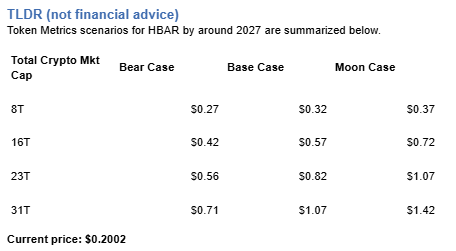

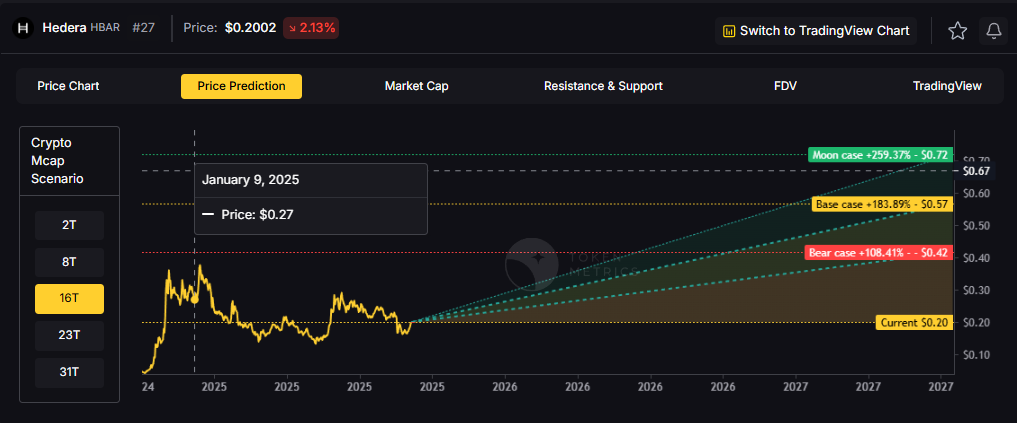


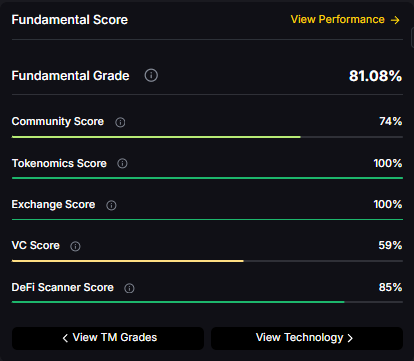
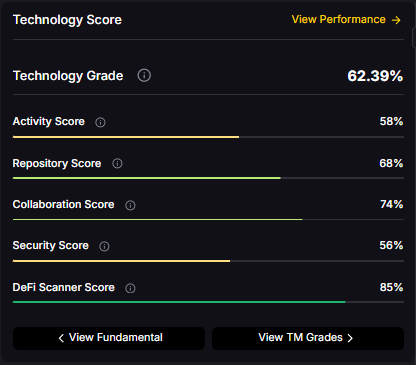

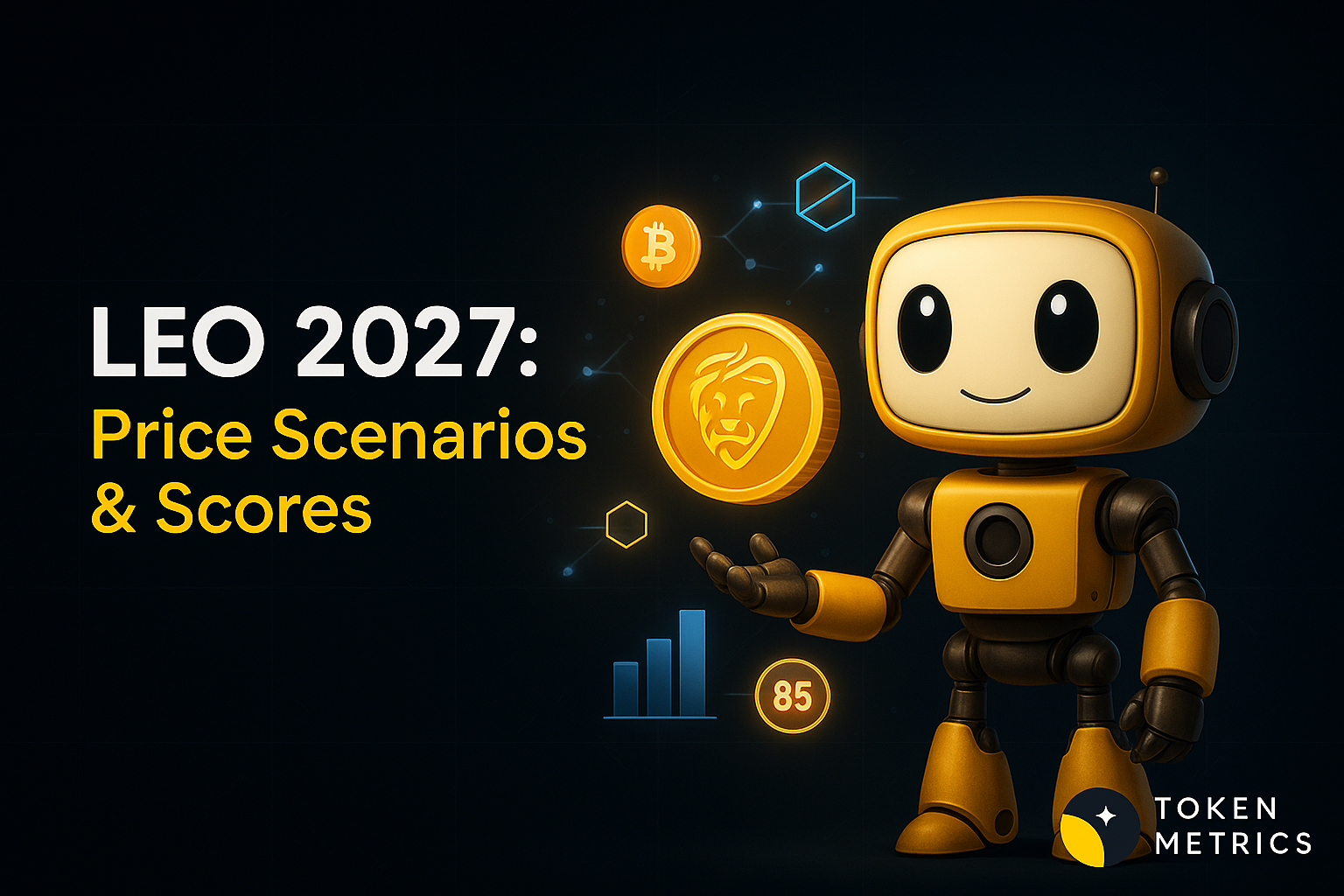
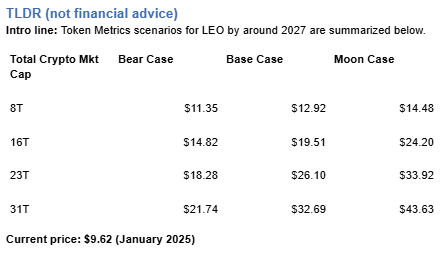
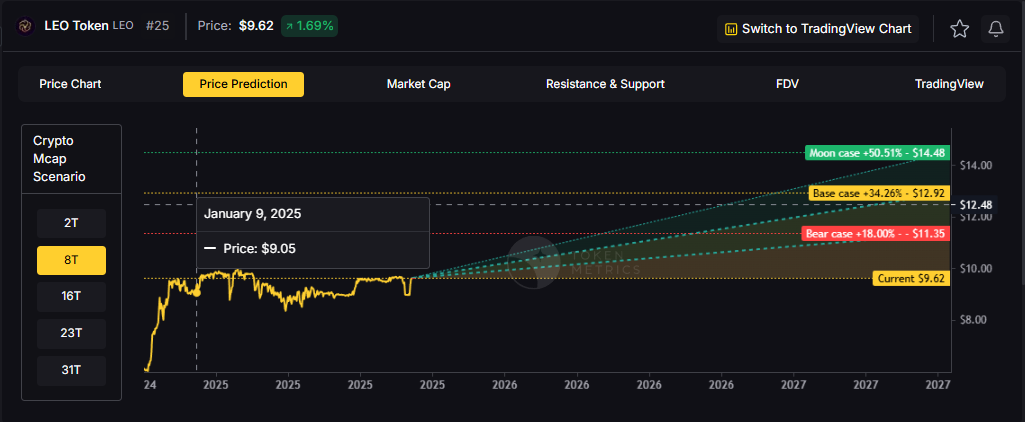
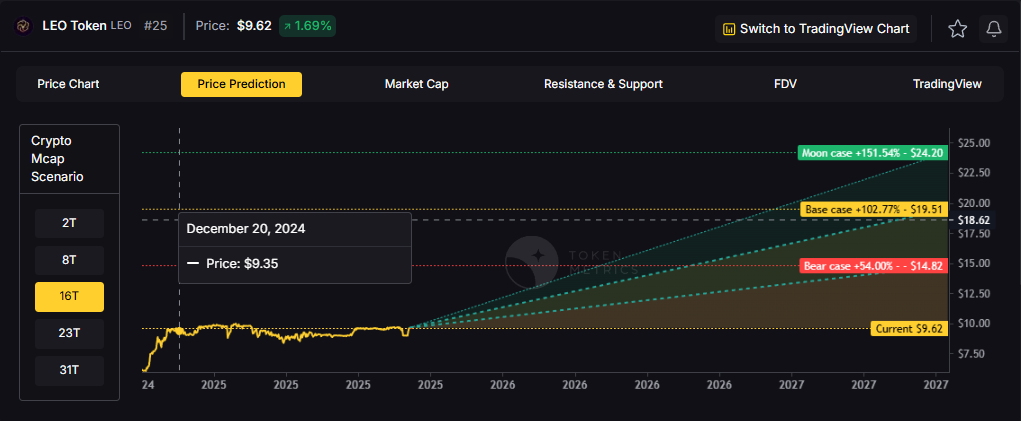

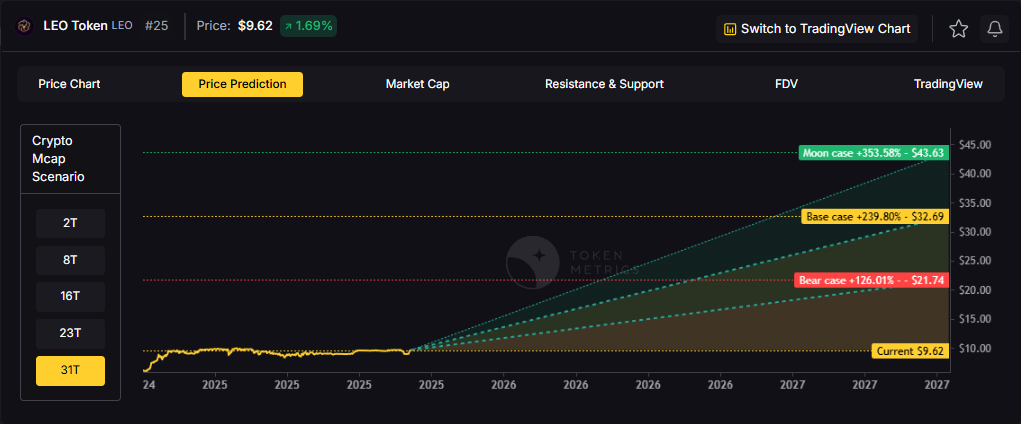
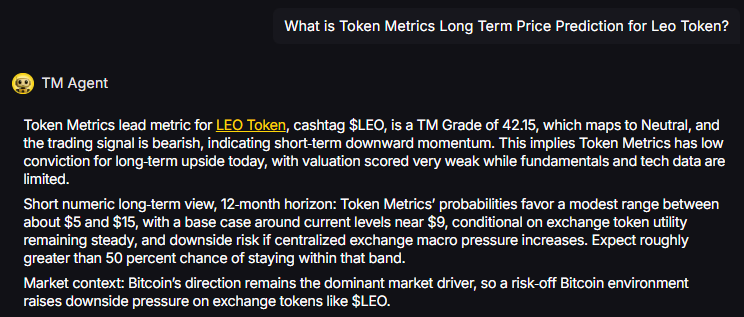
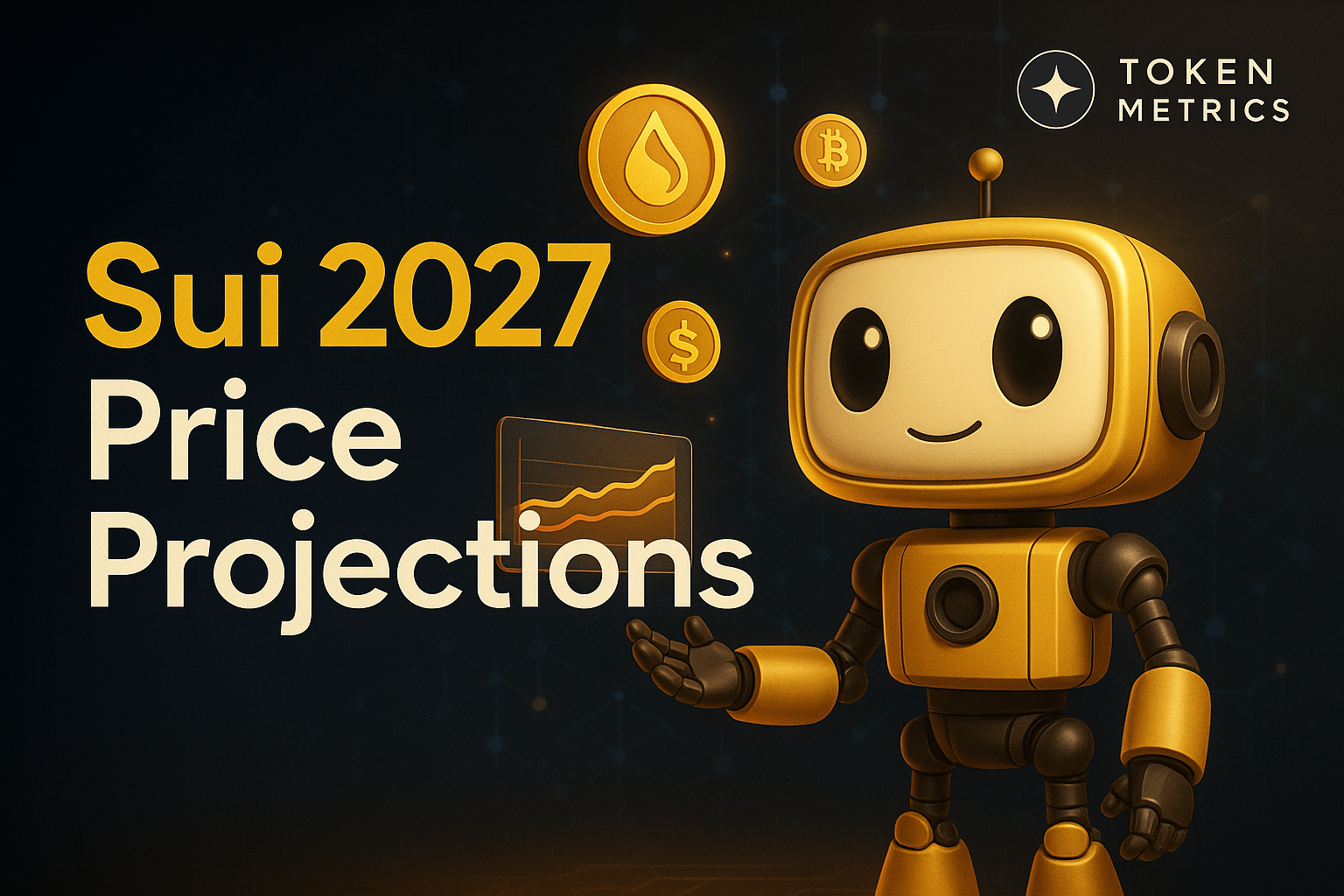
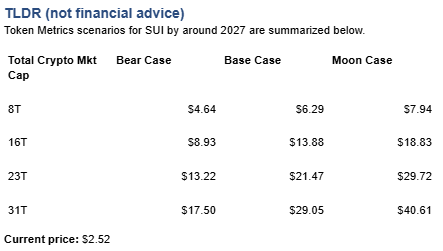



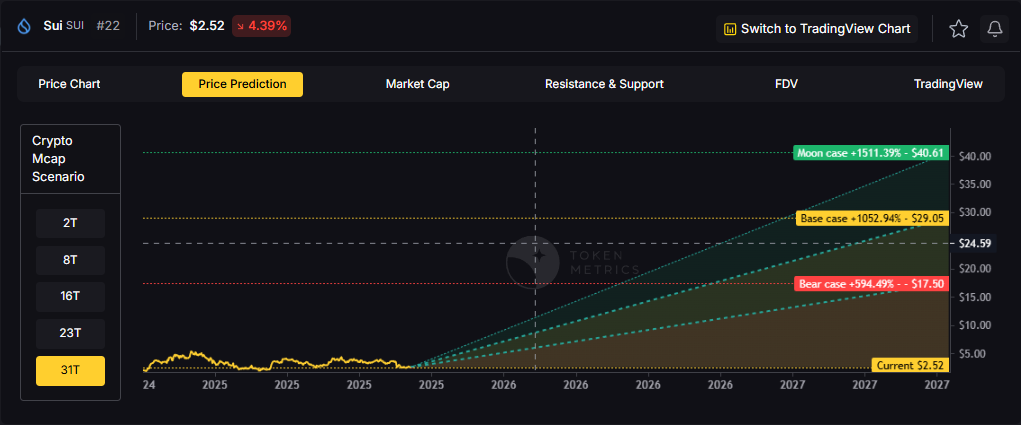
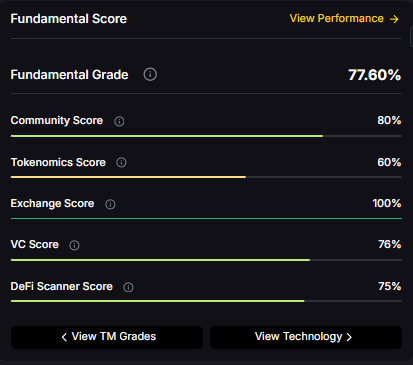





.svg)




.png)